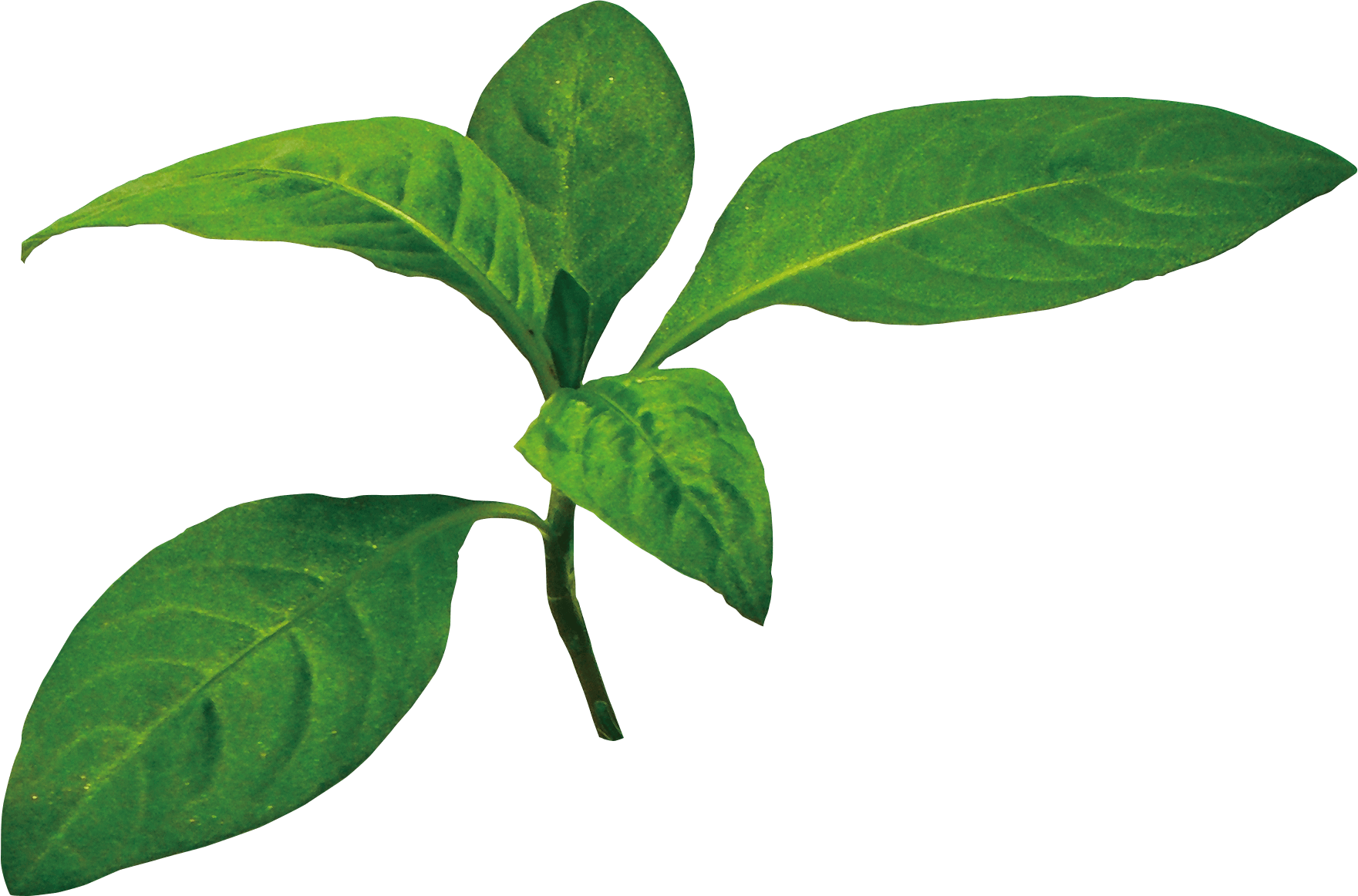The blessing of Aya: Indigo by naturally fermented

The indigo dye of our workshop faithfully follows the age-old dyeing methods passed down from around the middle of the Edo period (1603–1868). This is the same sort of indigo that was made in ancient times, which unlike chemical dyes can coexist with fish and insects without polluting the river. Since the process is extremely labor intensive, only around 1% of the all indigo dye today is made using such traditional methods.
The pristine waters flowing down from Aya's laurel forests, combined with the skilled hands of the artisan who "converse" with the indigo every day, are taking this art to a deeper and deeper level. The clear beauty and fastness that results from this traditional approach cannot be matched by any chemical dye, and this is what has inspired us to continue to stick to such a time-consuming process.
“Aya Blue” video:https://vimeo.com/151225210
(Around 2:00 is the moment when the color changes.)

Feature

Indigo made using the ancient method of natural lye & fermentation
As the term "fermentation" implies, indigo is alive in the vat. This sets it apart from plant dyes in general. The dyeing is created through the action of microorganisms and develops color through contact with oxygen in the air. Every day the artisan carefully nurtures the process by keeping a close an eye on the ai no hana (indigo flowers) that appear on the surface of the vat.
Using synthetic indigo or chemicals would reduce labor time and costs. Indeed, today it is quite difficult to rely on age-old techniques, so there are only a few workshops in Japan that are carrying out traditional indigo dyeing. Despite these challenges, we have stuck to the use of 100% natural indigo, which is recyclable, sustainable, and causes no harm to the environment or human beings.
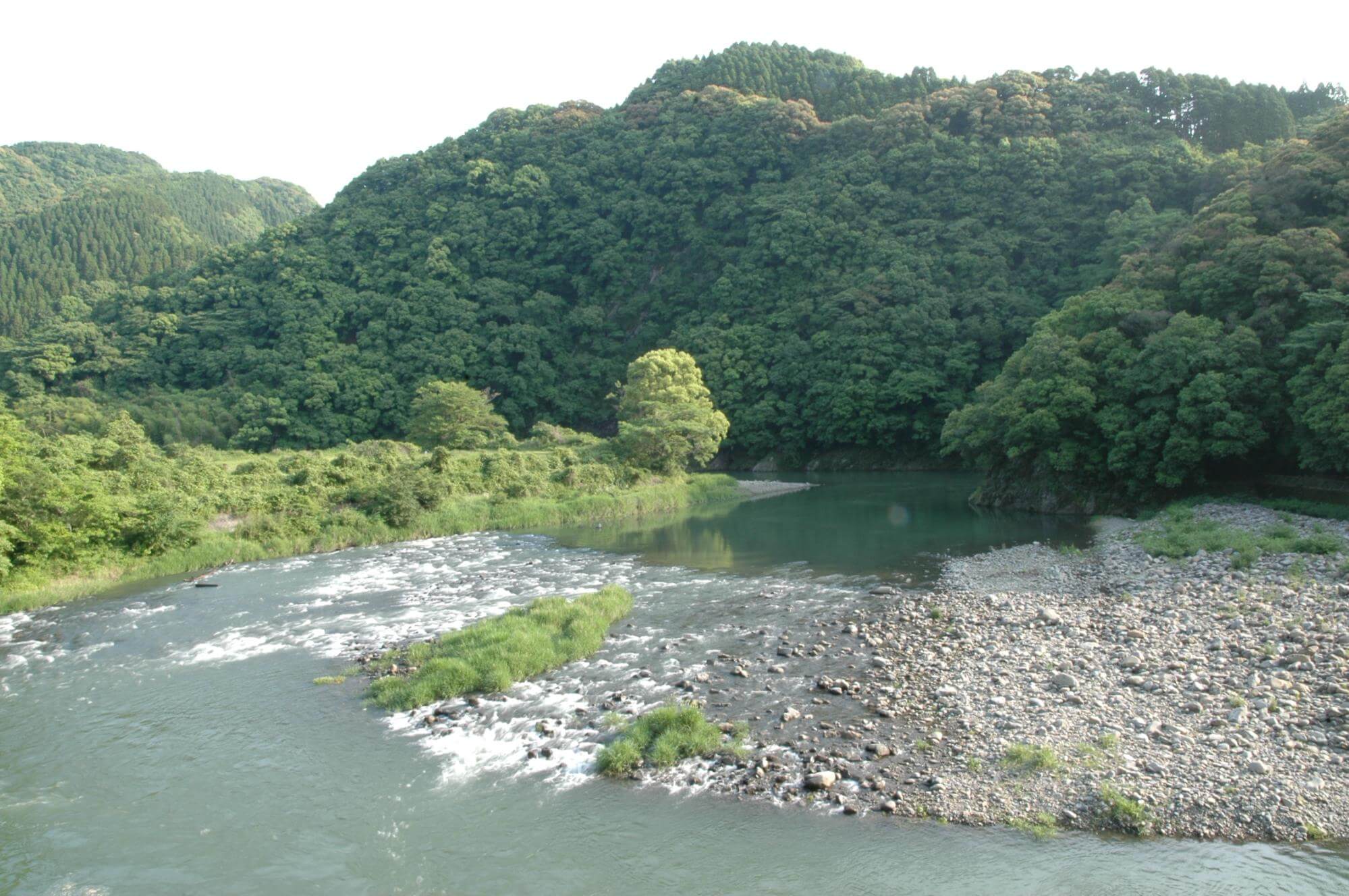
High-quality natural materials and pristine water from laurel forests
The key to natural indigo dyeing is lye. Natural lye is a supernatant liquid (alkaline) in which wood ash is immersed in water. Unless the ash from a hard tree such as an oak is used to make lye, the power of the alkali to dissolve the pigment will be insufficient. So at our workshop we use high-quality oak wood from trees grown in Miyazaki Prefecture. The depth and vividness of the colors created from the use of a 100% natural high-quality materials are apparent.
Aya is blessed by abundant natural water of outstanding quality, making it a perfect location for a dyeing workshop. The water that flows from the Ayanokawa River is ideal for dyeing because it contains almost no iron or lime, which are substances that turn water into a turbid color. The colors that emerge from using clean water that flows down from forest streams is different from those created using ordinary water. The use of Aya's famous pristine waters makes the colors of the dye even more vivid and clear.
Steps

Preparation
The alkaline solution lye is added to the fermented indigo leaves, which are called sukumo, and the action of the microbes reduces them into a liquid solution. This process of making the dye solution is called "ai o tateru" (building the indigo). Even in the case of workshops that use natural indigo and claim to employ natural dyeing methods, most of them use caustic soda or hydrosulfite as a reducing agent in place of a lye solution. The dye solution is completed by adding wheat bran to feed the fermentation process and the ash from burned shellfish, and then poured into 540-liter containers.
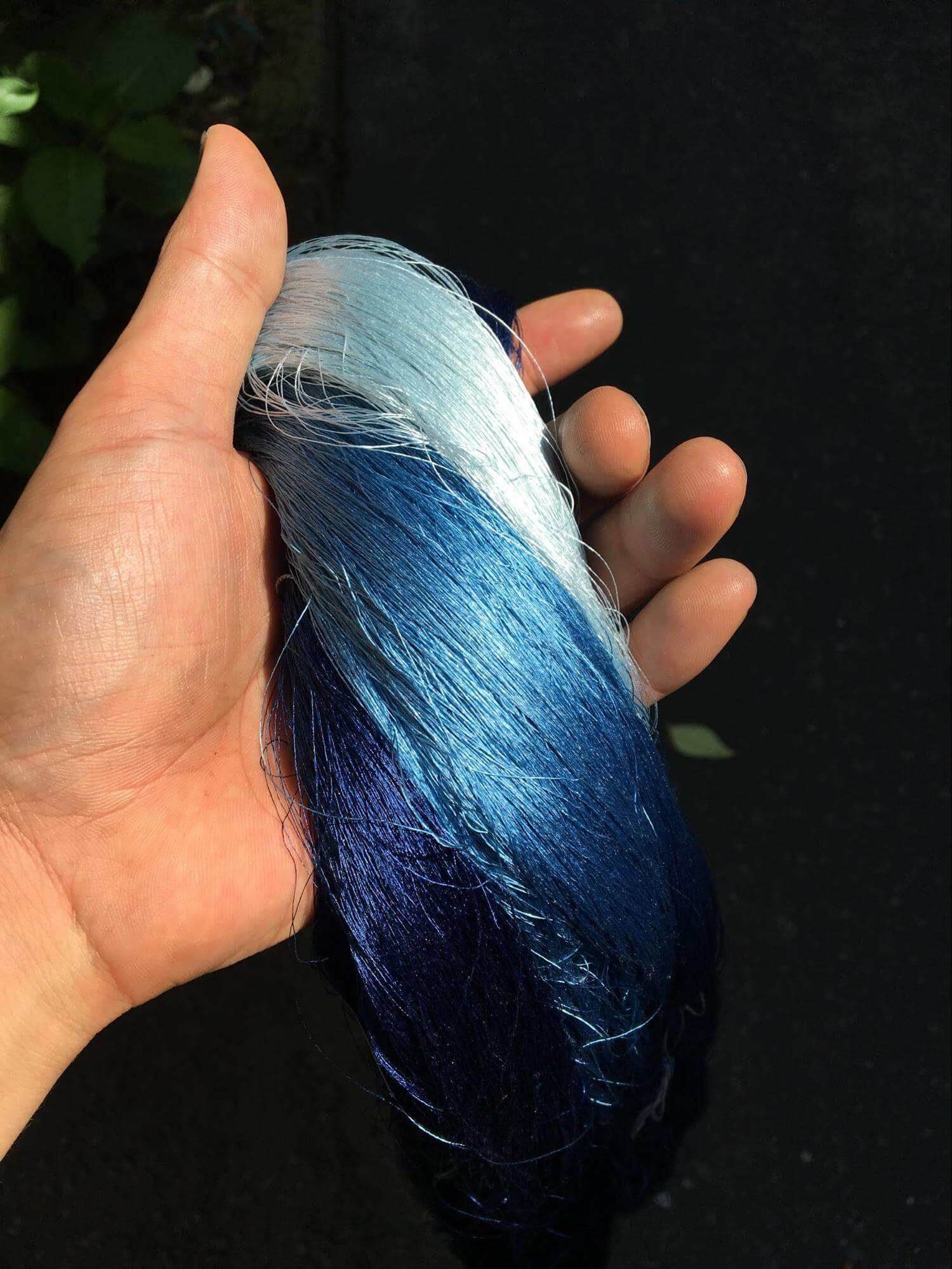
Dyeing process
Threads and cloth are slowly submerged in the indigo dye solution. After the liquid has penetrated the, excess liquid is squeezed off and the fabric is exposed to the air. The color suddenly appears through that oxidation. This is a mysterious moment, and even an artisan with many years of experience will be moved by the beautiful transformation. The color takes on increasing depth as the item is soaked, squeezed, and exposed to the air several or even a dozen or more times. This results in a durable indigo color that will not fade. This method of dyeing is not merely the result of soaking in a liquid, but also the oxidation that brings out the color, so there is an interplay between the chemical principles of oxidation and reduction.
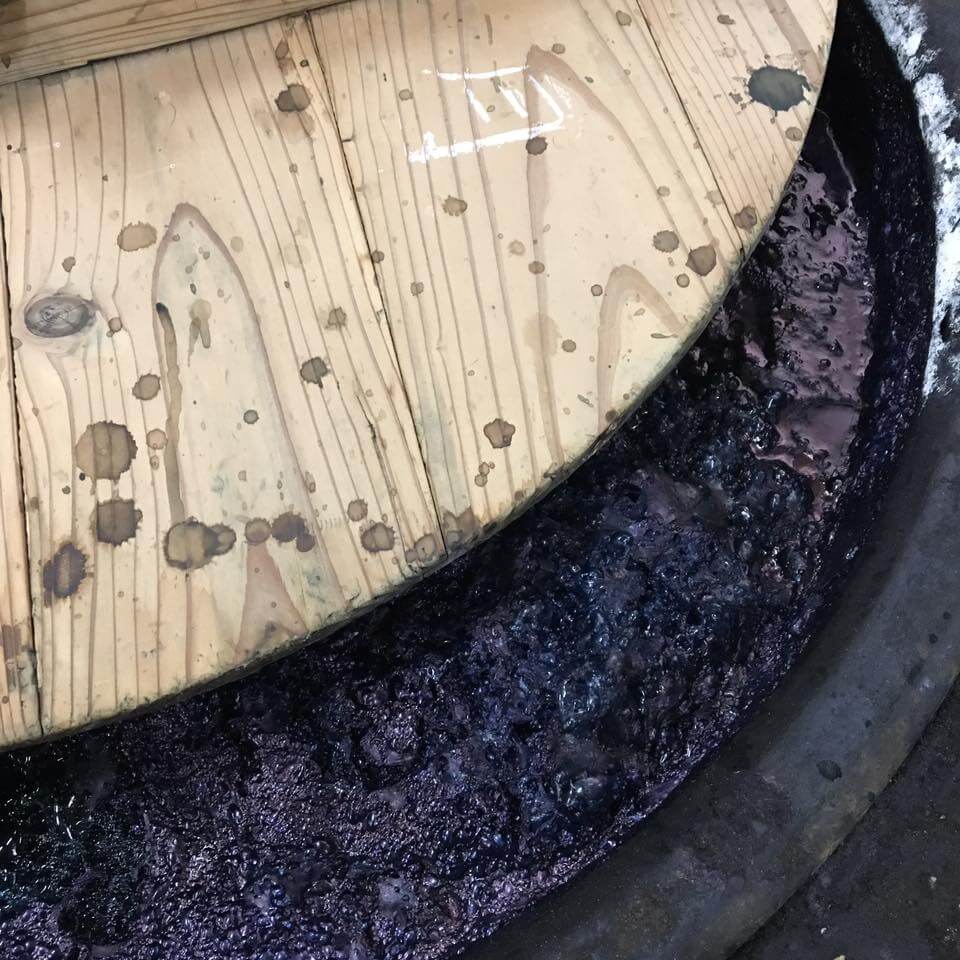
Daily management
The day begins with the artisan taking a look at the indigo dye in the vat. It is crucial to keep a close eye on things because if the dye solution is used too many times or left to rest too long, it will not be in a good condition. The artisan looks into the vat to see bubbles on the surface, called ai no hana (indigo flowers), and checks the smell and color of the liquid, while also testing by hand its viscosity. And finally the artisan even sips the liquid to confirm its condition.
The challenge is that the state of the dye solution cannot be measured using a machine or gauged numerically, nor can it easily be conveyed using words alone. Managing the dye solution once it is placed in the vat is extremely difficult since it is a natural substance that is always changing depending on temperature, humidity, and climatic conditions, so one can only rely on the intuition gained from many years of experience, using one's five senses. The beauty of the indigo color depends on the "mood" of the bacteria. If the bacteria seems a bit tired, you can give it water or shochu to make it feel better. Much like human beings, indigo needs a "pick-me-up" every so often.
Raw materials
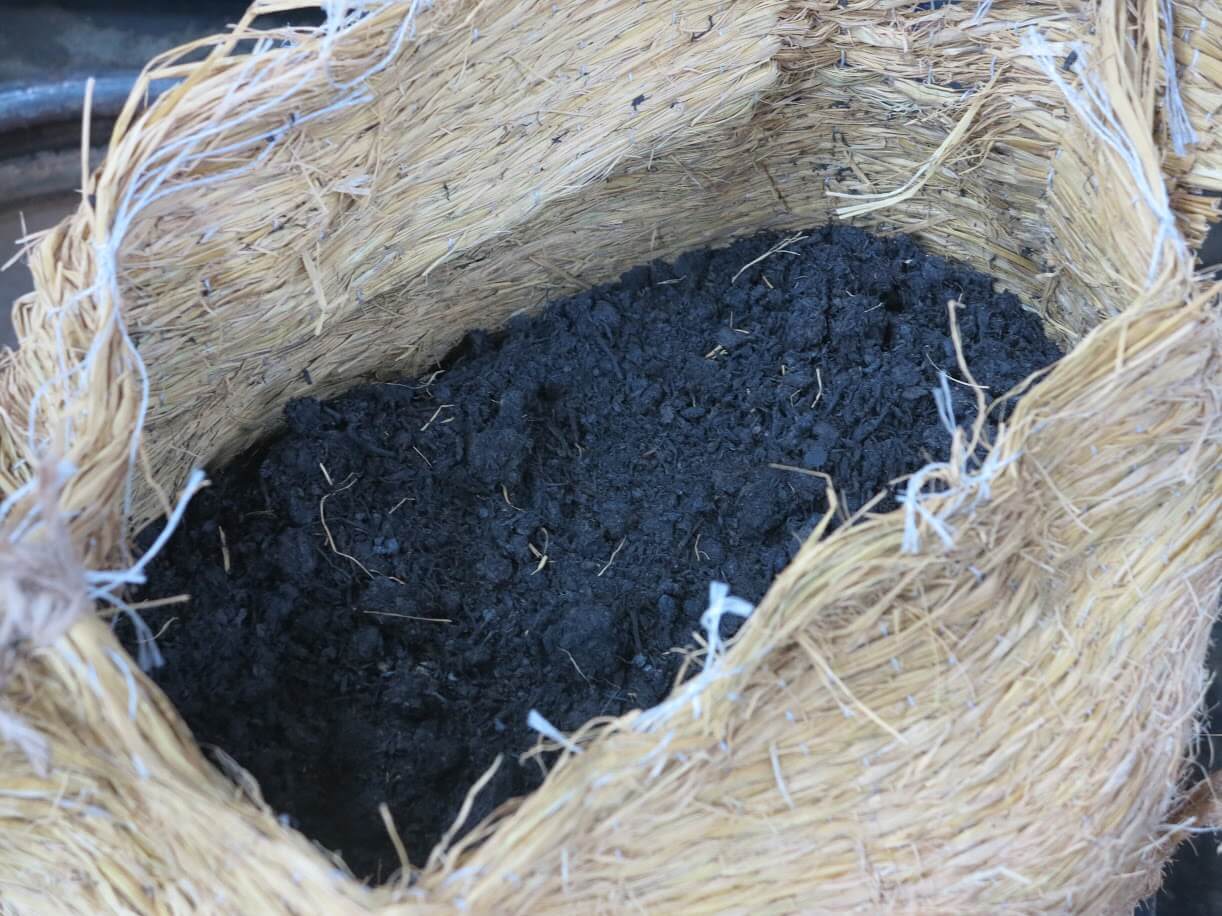
Sukumo
The Aya Dyeing and Weaving Studio makes its indigo dye according to a traditional method that originated in Awa (present-day Tokushima Prefecture) over 600 years ago. The sukumo is made by harvesting the leaves of “tadeai indigo,” a plant of the family Tadaceaceae, and then drying and fermenting the leaves. This dyeing method, which is rare around the world, was devised to allow for dyeing in all four of Japan's seasons. Since the leaves cannot be dissolved in water it is not possible to boil them, unlike the case of vegetable dyes in general for which the liquid from their boiled extract is used used to dye yarns and cloth. This makes it necessary for a chemical reaction to alter the pigment of the indigo so that it can attach itself to the fabric.
Firstly, since tadeai indigo cannot be boiled it doesn't dissolve in water, so it is not possible to dye yarns or cloths in a boiled liquid out, as in the case of vegetable dye. It is thus necessary for the pigment in the tadeai indigo to undergo a chemical change in order to attach itself to the fibers of a material. The leaves contain a colorless pigment called “indican.” In the process of creating the sukumo, the drying and fermenting brings out a blue color by transforming indican into indigo. The sukumo is used to build up (reduce) the indigo, and the blue dye appears through oxidation when the fabric first comes into contact with the air. And by building that indigo (reducing) with that gauze, it can be dyed in blue for the first time by binding with oxygen in the air (the process of oxidation).
